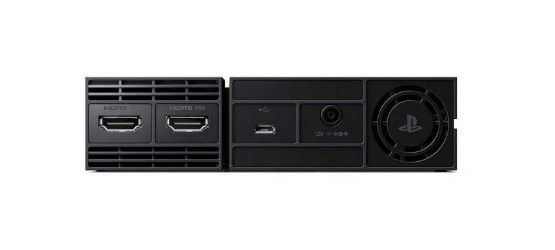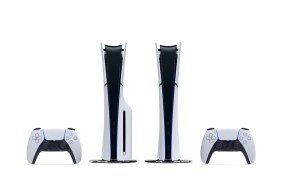We’ve peered inside the retail box, laid eyes on the PlayStation Camera bundle and caught wind of the device’s novel Cinematic Mode. But what of the PSVR processing unit?
Sony’s PlayStation VR will ship with a Wii-sized piece of hardware come October, and while it won’t offer any extra CPU or GPU power, the platform holder has listed the device’s chief processing tasks.
They are as follows:
- It carries out object-based 3D audio processing (“really good and important to VR”).
- It displays the social screen – undistorting the VR output for display on TV. Quality is lost in this process, so it scales the image up and crops it so you don’t see edges.
- “Separate mode” – a completely separate audio and video stream you can send over to TV, as opposed to the mirrored social screen. It’s sent compressed to the PU and then uncompressed by the device and sent to the screen. We’re told that this was “an innovation that came quite late” in the development of the system.
- It displays PS4’s system software interface in cinematic mode, handling the display of traditional 2D content.
Sony Senior Staff Engineer Chris Norden reaffirmed what the processing unit doesn’t bring to the table, noting that “it is not extra GPU power [or] CPU power. It is certainly not a PlayStation 4 expansion unit or upgrade. Actually, it’s not really accessible to the developer in any way. The PlayStation 4 is perfectly capable of [running games at] 120 Hz.”
Speaking more generally about developers getting accustomed to the hardware, Norden confirmed that PlayStation VR was built to be compatible with a “wide range” of IPD (interpupillary distance). “The PlayStation VR is designed to accommodate a wide range of IPDs. There will be a way to set it, per user, in the system software.”
Priced at $399 in the States, PlayStation VR has been pegged for a launch this October.








